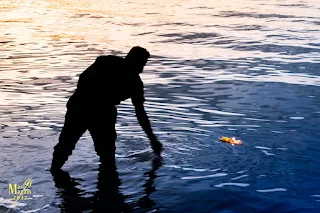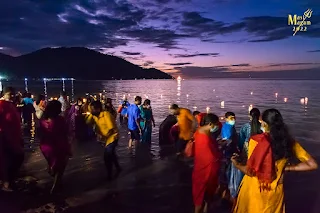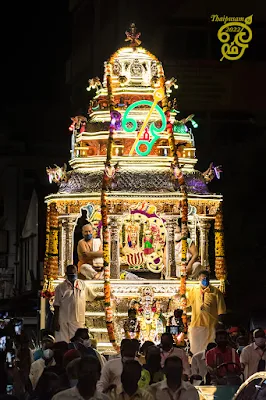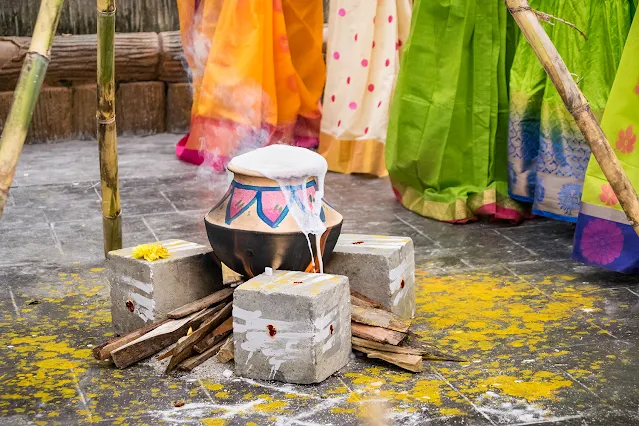Penang Hill have always been close to my heart, ever since I first set foot on this hill station when I was about four or five years old. I remember enjoying the photo sessions by my dad with my mum and my brother at Bellevue Hotel, and loving the cool crisp air and the lovely flowers in the garden. On the other hand I also demonstrated this irrational fear of the misty and cold Summit Road during that first trip; maybe it was because at that age, I perceived that the foggy and misty road were swallowing up people who walked into it and cried when my parents wanted to take us for a walk along Summit Road.
Since then the love for the hill has grown tremendously with the numerous hiking trips up the hill done with family or friends. Each and every hike to me is like an adventure with a whole new world opening up to you if you keep your eyes, nose and ears peeled, especially for someone who loves plants and birds.
Of late, I haven't had the opportunity to go up Penang Hill ever since the pandemic, until today. Despite not hiking but joining the weekend crowd on the funicular railway, it was indeed an eye-opening trip for me to see how many things up there have changed since the pandemic.
The weather was good, and the rolling mist adds to the allure and charm of the hill station. What caught my eye was at the abandoned quarters on the old Waterfall Road. The back end of the dilapidated quarters have now become the playground for a group of dusky leaf monkeys (Trachypithecus obscurus). I guess when humans move out, nature takes back.
.jpg) |
| One of the dusky leaf monkeys playing at the back of the abandoned quarters along the old Waterfall Road. |
I then went to the clearing by the abandoned Convalescent bungalow to enjoy the 'mossy forest' feel of Penang Hill. That area and the adjacent area now occupied by the Habitat used to be my favourite hang-out area when I am up there, just to get some peace of mind.
For me, the hill has changed a lot since my childhood, but I guess everything keeps evolving and moving forward, and all we can do is reminisce the past and enjoy the present!
.jpg)
.jpg)
.jpg)
.jpg)
.jpg)
.jpg)
.jpg)
.jpg)



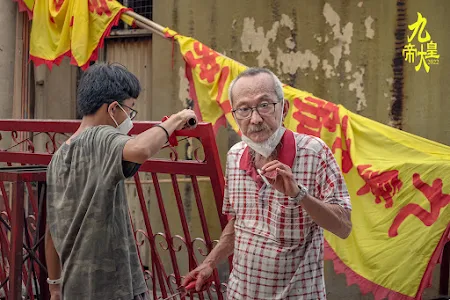

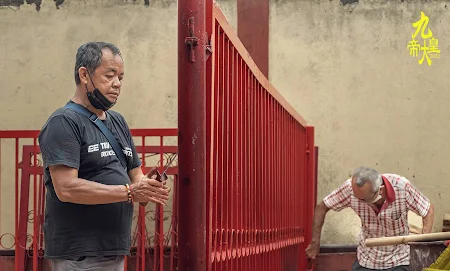
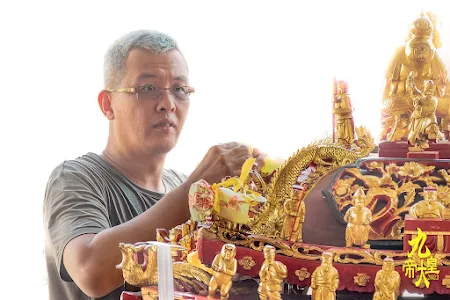




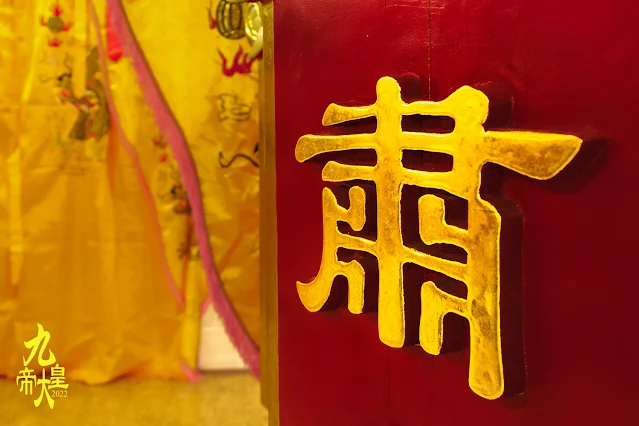

.jpg)

.jpg)
.jpg)
.jpg)
.jpg)
.jpg)
.jpg)
.jpg)
.jpg)
.jpg)





